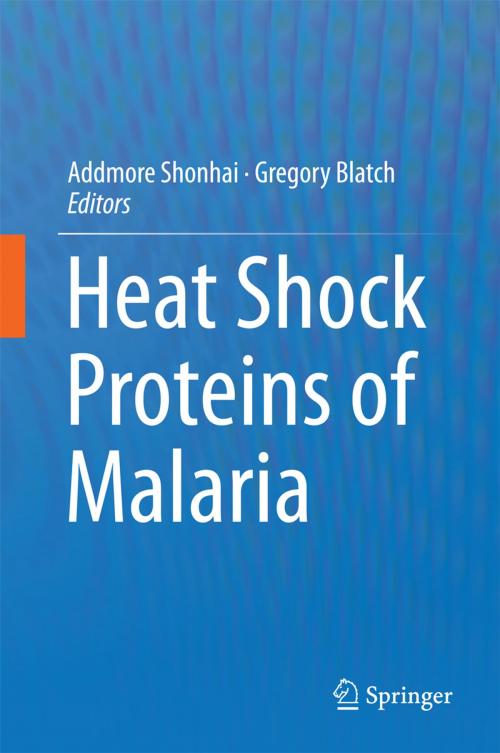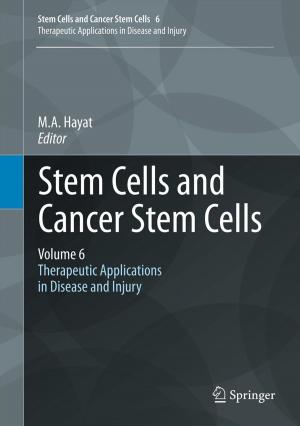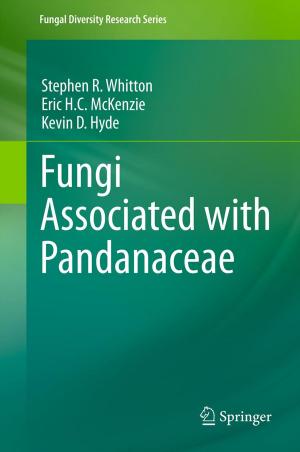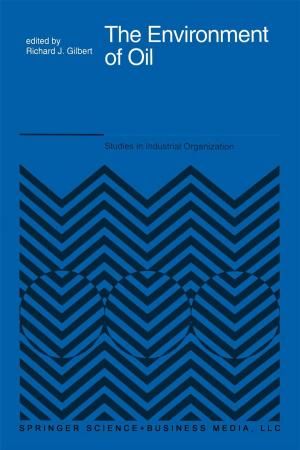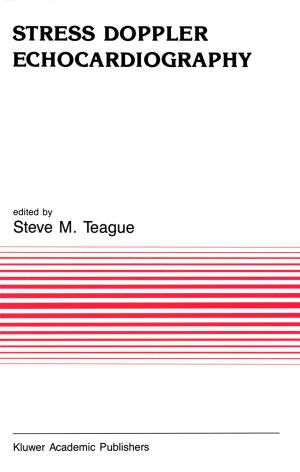Heat Shock Proteins of Malaria
Nonfiction, Health & Well Being, Medical, Ailments & Diseases, Infectious Diseases, Parasitology, Science & Nature, Science, Biological Sciences, Biochemistry| Author: | ISBN: | 9789400774384 | |
| Publisher: | Springer Netherlands | Publication: | September 20, 2013 |
| Imprint: | Springer | Language: | English |
| Author: | |
| ISBN: | 9789400774384 |
| Publisher: | Springer Netherlands |
| Publication: | September 20, 2013 |
| Imprint: | Springer |
| Language: | English |
This book describes the role of heat shock proteins in the life cycle of malaria parasites. The work includes a general introduction on the structural and functional features of heat shock proteins. The main focus is on the role of heat shock protein families from Plasmodium falciparum, their role in protein folding and in the development of malaria pathology. The functions of individual families of heat shock proteins from plasmodium species and their cooperation in functional networks is described. Subcellular and extracellular organelles such as the apicoplast and the Maurer’s Clefts which are associated with plasmodium species, are discussed in detail. The role of heat shock proteins in the development and function of these organelles structures are highlighted. Although conceding that heat shock proteins may not be ideal antimalarial drug targets, prospects of targeting heat shock proteins in antimalarial drug discovery either directly and/or in combination therapies are explored.
This book describes the role of heat shock proteins in the life cycle of malaria parasites. The work includes a general introduction on the structural and functional features of heat shock proteins. The main focus is on the role of heat shock protein families from Plasmodium falciparum, their role in protein folding and in the development of malaria pathology. The functions of individual families of heat shock proteins from plasmodium species and their cooperation in functional networks is described. Subcellular and extracellular organelles such as the apicoplast and the Maurer’s Clefts which are associated with plasmodium species, are discussed in detail. The role of heat shock proteins in the development and function of these organelles structures are highlighted. Although conceding that heat shock proteins may not be ideal antimalarial drug targets, prospects of targeting heat shock proteins in antimalarial drug discovery either directly and/or in combination therapies are explored.
